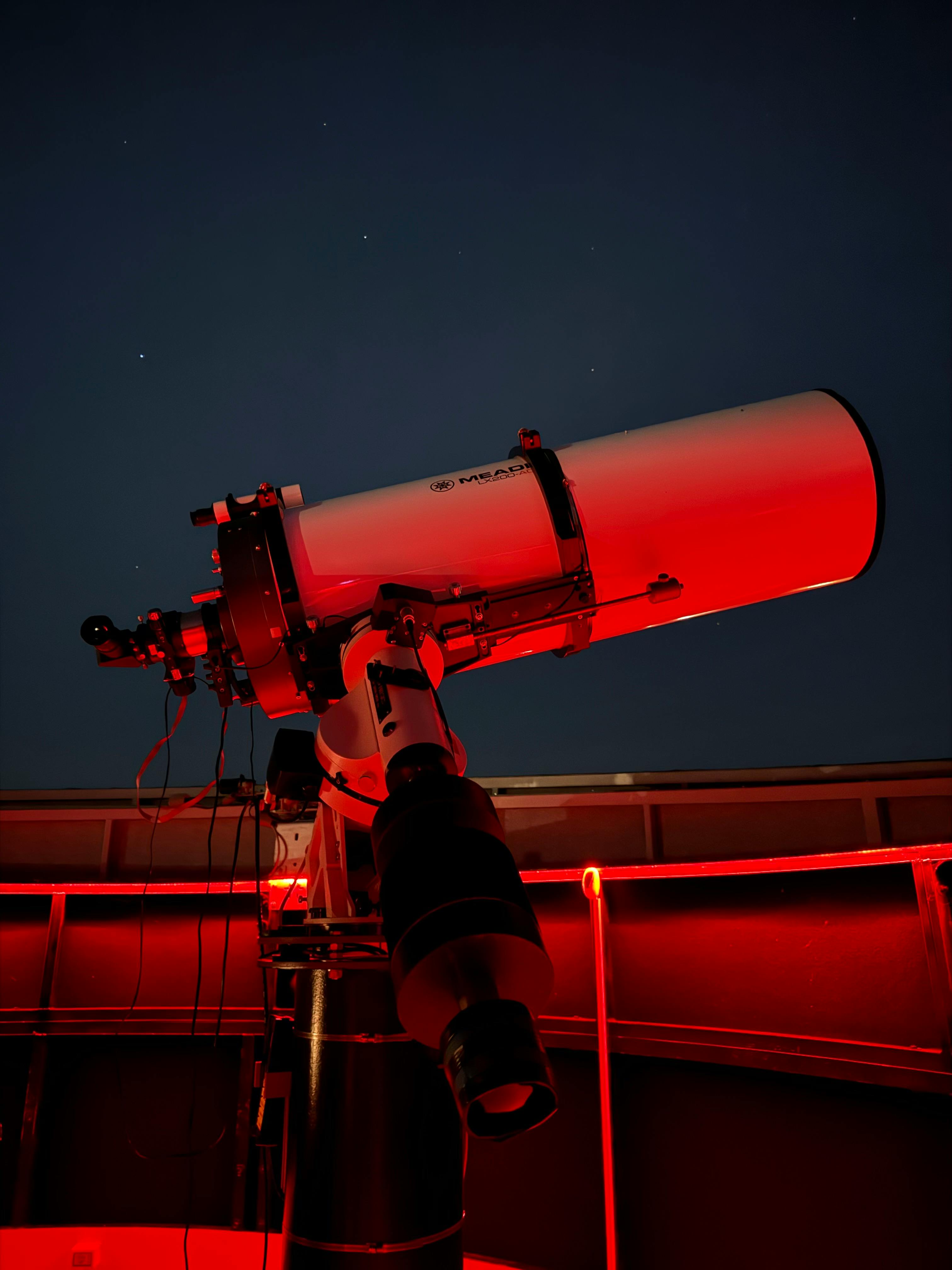Mastering Factorio Tileable Science: Efficient Factory Designs
Factorio tileable science is a crucial strategy for players aiming to optimize their factory layouts and increase science production efficiency. As the game evolves, designing modular and repeatable science pack setups can significantly enhance your gameplay experience. This article explores the fundamentals, practical implementations, and advanced techniques to help you master tileable science in Factorio and maximize factory throughput.

Understanding the Fundamentals
At its core, factorio tileable science involves creating compact, repeatable factory modules that produce science packs efficiently and seamlessly integrate into larger production lines. These modules are designed to be duplicated across your factory floor, allowing consistent and scalable science output without the need for constant redesigns.
The concept gained traction as players sought to overcome spatial limitations and improve production rates. Tileable designs embody the principle of modularity — much like building blocks — enabling a factory to grow organically with minimal bottlenecks.
1.1 What is Tileable Science in Factorio?
Tileable science refers to self-contained factory sections that produce one or more science packs, built with the intent that they can be repeated horizontally or vertically. Each tile functions independently but aligns perfectly with adjacent tiles, ensuring fluid material flow and easy scalability.
For example, a tileable red science module will include assembling machines, inserters, belts, and power poles arranged to maximize space and throughput. Many community designs rely on this principle to simplify factory expansion.
1.2 Importance of Modular Factory Layouts
Modular layouts reduce complexity by breaking down large production goals into manageable segments. They simplify troubleshooting, maintenance, and upgrades by isolating production elements into predictable patterns.
This approach also encourages efficient resource distribution, as materials can be funneled into tiles without waste. It mirrors real-world manufacturing where production lines are designed for repeatability and reliability.
Practical Implementation Guide
Applying tileable science modules starts with understanding your production goals and resource availability. When implemented correctly, these modules streamline your factory’s growth and reduce downtime during expansions.

2.1 Actionable Steps
- Step 1: Choose the science pack type to automate (e.g., red, green, blue) based on your current tech research requirements. Begin with smaller tiles to validate your design.
- Step 2: Design the tile layout ensuring balanced input/output using belts or logistics bots. Use assembly machines optimized for crafting speed and space.
- Step 3: Implement power poles and inserters strategically to avoid congestion. Test the tile for throughput and adjust inserter speeds or belt placements as needed.
2.2 Overcoming Challenges
Common obstacles include resource starvation, imbalanced inputs, and space constraints. To mitigate these:
- Monitor belt saturation levels to prevent choke points.
- Use buffer chests or smart inserters to regulate input flow.
- Adjust tile orientation for optimal use of available space.
Expert players recommend incremental testing of each tile before full integration. This reduces debugging time and ensures smooth scalability.
Advanced Applications
Once you master basic tileable science modules, advanced applications allow for further optimization and integration with broader factory systems. This level involves adapting tile designs for different science types and incorporating logistics networks.

3.1 Parallelization and Throughput Boosting
Advanced tileable designs often use parallel lanes of science production to multiply output without exponentially increasing footprint. By stacking or aligning multiple tiles with shared input lines, players can achieve high throughput while maintaining simplicity.
Case studies reveal that doubling the number of tiles increases science pack production more efficiently than simply upgrading single machines due to reduced crafting bottlenecks.
3.2 Integration with Logistic Networks
Logistic robots and chests complement tileable designs by offering flexible item transport and storage. Integrating tiles with logistics networks allows dynamic resource allocation and reduces dependence on belts, which can clog or slow down production.
Compatibility between tileable science modules and logistics systems requires careful placement of requester and provider chests to maintain smooth material flow.
Future Outlook
The future of factorio tileable science lies in increasingly automated and AI-assisted designs. Emerging mods and tools introduce new ways to optimize tile layouts using algorithmic planning and simulation. These innovations will help players build more compact and efficient factories with less manual input.
Industry trends also point towards greater modularity, with factory segments being shared and adapted across the community. Players who prepare by mastering tileable concepts will benefit from faster expansions and easier collaboration.
Conclusion
Mastering factorio tileable science unlocks numerous benefits: scalable production, simplified factory management, and higher efficiency. By understanding fundamentals, following practical guides, and exploring advanced methods, you can transform your factory into a powerhouse of science pack creation.
Start by designing your first tile, test rigorously, and build upon your success to dominate Factorio’s research tech tree. The journey to factory perfection begins with mastering the art of tileable science.
Frequently Asked Questions
- Q: What exactly is factorio tileable science? Tileable science means creating repeatable, modular sections of your factory dedicated to producing science packs, designed to be easily duplicated for expansion.
- Q: How do I start building tileable science modules? Begin by selecting a science pack type, design a compact module using assembly machines and belts, then test for balanced inputs and outputs before replicating.
- Q: How long does it take to build an efficient tileable science factory? Depending on experience, a basic module can take a few hours to design and test, while full integration with your factory may take several gameplay sessions.
- Q: Is building tileable science expensive in terms of resources? Initial setup requires moderate resources, but the efficiency gains reduce long-term costs. Investment in faster assemblers and inserters can increase upfront costs.
- Q: How does tileable science compare to traditional factory layouts? Tileable science offers better scalability and easier maintenance, while traditional layouts may be less organized and harder to expand systematically.
- Q: Do tileable science modules require advanced skills? Basic modules are accessible to new players, but advanced designs may require familiarity with Factorio mechanics and production balancing.
- Q: Can tileable science be used in multiplayer or modded games? Yes, tileable designs adapt well to multiplayer setups and many mods that add new science packs or machinery.
